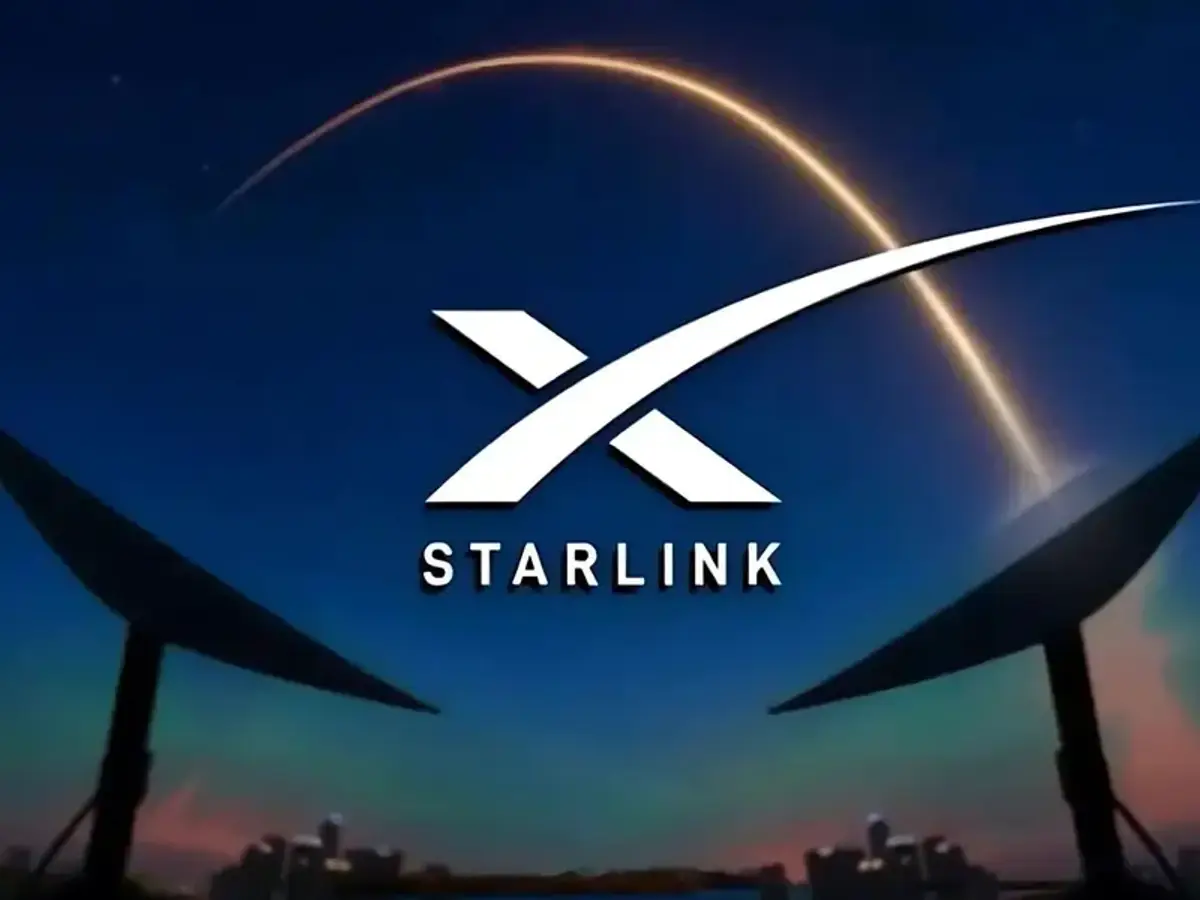Elon Musk-owned Starlink has cleared the final regulatory hurdle to begin satellite internet operations in India, receiving a five-year licence from the Indian National Space Promotion and Authorisation Centre (IN-SPACe). The approval, valid until July 7, 2030, allows Starlink to use its Gen1 satellite constellation over India, bringing it one step closer to launching high-speed internet services, particularly in remote and underserved regions. With this clearance, Starlink joins a select group of companies—Eutelsat OneWeb and Jio Platforms’ joint venture with Luxembourg-based SES—that are now fully authorised to operate satellite-based internet services in India. Amazon’s Project Kuiper is also awaiting government approval to enter the Indian market.
Commercial services still months away
Despite securing regulatory approval, a commercial launch remains some distance away. Starlink must now set up Earth station gateways, critical ground infrastructure that links satellites to terrestrial networks, and secure the necessary spectrum allocation from the Indian government. Without these components, Starlink cannot begin full-scale service delivery.
The Telecom Regulatory Authority of India (TRAI) has recommended that spectrum for satellite internet providers be allocated administratively rather than through auctions. TRAI suggests an annual spectrum charge of either 4 per cent of adjusted gross revenue (AGR) or ₹3,500 ($40.77) per MHz, whichever is higher. Additionally, companies will have to pay an 8 per cent annual licence fee based on AGR, similar to traditional telecom providers. TRAI has also proposed an annual subscriber charge of ₹500 ($5.82) in urban areas, which could influence pricing models.
Starlink received its Global Mobile Personal Communications by Satellite (GMPCS) licence from the Department of Telecommunications (DoT) in June, after nearly three years of waiting. The GMPCS licence allows Starlink to offer voice and data services via satellite for 20 years. Previously, Starlink had prematurely opened service bookings in India in 2021 without securing a licence, prompting the government to order refunds to over 5,000 customers.
In addition to the GMPCS licence, Starlink holds internet service provider (ISP) and very small aperture terminal (VSAT) licences, further solidifying its legal footing in India’s telecom sector.
Starlink’s edge over traditional networks
Starlink’s satellite internet service stands out from conventional broadband providers by offering connectivity through a constellation of Low-Earth Orbit (LEO) satellites. These satellites are smaller, operate at lower altitudes, and use laser-based inter-satellite communication, which reduces latency and enhances speed. Unlike fibre-optic networks, Starlink does not require extensive ground infrastructure, making it especially effective in remote and rural areas.
Starlink’s global user base spans over 100 countries, and speeds typically range from 20 Mbps to 264 Mbps depending on geographical location. While official pricing for India has not been announced, global rates suggest a one-time hardware cost of around ₹30,000 for standard kits and approximately ₹43,000 for the mobile “mini kit.” Monthly subscription plans are expected to start around ₹900, with unlimited plans potentially priced at ₹3,000 per month.
In neighbouring Bangladesh, Starlink launched in May with setup costs of about ₹39,000 and monthly plans starting at ₹2,990.
India’s satcom race heats up
Starlink’s approval comes as India intensifies efforts to expand digital connectivity, particularly in remote and rural regions. State-run BSNL is also developing a satellite-terrestrial hybrid service called “direct to device,” which uses existing cellular networks to communicate with satellite constellations for seamless coverage.
With multiple private and public players now racing to dominate the satellite internet space, India is poised for a connectivity revolution. Starlink’s entry adds a formidable new competitor and a globally tested model to the mix. However, actual service availability will hinge on spectrum policy decisions, security compliance, and ground infrastructure development in the coming months.
